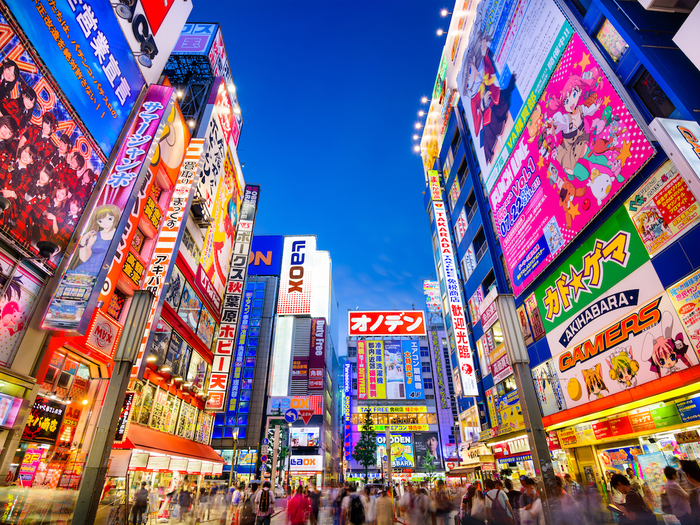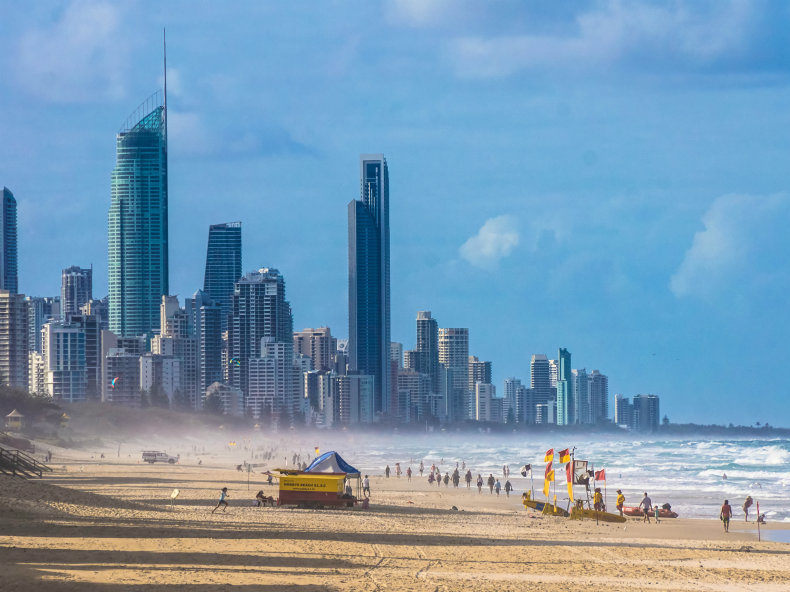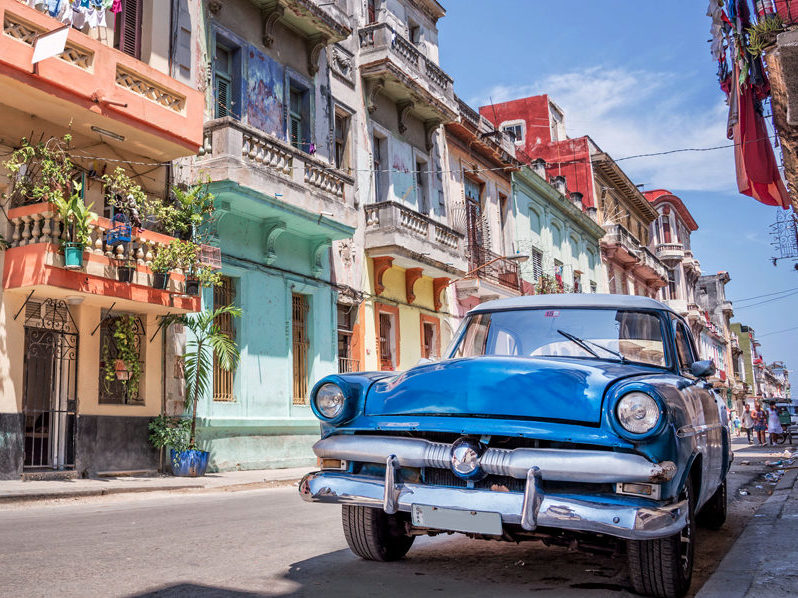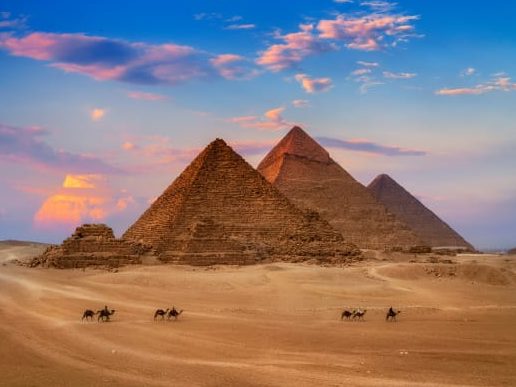Gold Coast
he Gold Coast is a coastal city in the state of Queensland, Australia, approximately 66 kilometres (41 mi) south-southeast of the centre of the state capital Brisbane and immediately north of the border with New South Wales. The area was previously occupied prior to European settlement by the Yugambeh language people. The demonym for the Gold Coast is Gold Coaster. With an estimated population of 679,127 in June 2018 (including 79,001 in the adjacent Tweed Valley of New South Wales), the Gold Coast is the sixth-largest city in Australia, Australia’s largest non-capital city, and Queensland’s second-largest city.
The Gold Coast is a major tourist destination with a sunny, subtropical climate and has become widely known for its world-class surfing beaches, high-rise dominated skyline, theme parks, nightlife, and rainforest hinterland. The city is part of the nation’s entertainment industry with television productions and a major film industry.
History
The Gold Coast is the ancestral home of a number of Indigenous clans of the Yugambeh people, including the Kombumerri, Mununjali, and Wangerriburra[6] clans. Europeans arrived in 1823 when explorer John Oxley landed at Mermaid Beach. The hinterland’s red cedar supply attracted people to the area in the mid-19th century.
A number of small townships developed along the coast and in the hinterland. The western suburb of Nerang was surveyed and established as a base for the industry and by 1870 a town reserve had been set aside. By 1873, the town reserve of Burleigh Heads had also been surveyed and successful land sales had taken place. In 1875, the small settlement opposite the boat passage at the head of the Nerang River, known as Nerang Heads or Nerang Creek Heads, was surveyed and renamed Southport, with the first land sales scheduled to take place in Beenleigh. Southport quickly grew a reputation as a secluded holiday destination for wealthy Brisbane residents. After the establishment of the Surfers Paradise Hotel in the late 1920s, the Gold Coast region grew significantly.
The Gold Coast was originally known as the South Coast (because it was south of Brisbane). However, over-inflated prices for real estate and other goods and services led to the nickname of “Gold Coast” from 1950. South Coast locals initially considered the name “Gold Coast” derogatory. However, soon the “Gold Coast” simply became a convenient way to refer to the holiday strip from Southport to Coolangatta. The Town of South Coast was formed through the amalgamation of Town of Coolangatta and Town of Southport along with the coastal areas (such as Burleigh Heads) from the Shire of Nerang on 17 June 1949 with the effect of having the present-day Gold Coast coastal strip as a single local government area. As the tourism industry grew into the 1950s, local businesses began to adopt the term Gold Coast in their names, and on 23 October 1958 the Town of South Coast was renamed Town of Gold Coast. The area was proclaimed a city, despite the lack of a cathedral, less than one year later on 16 May 1959.
The area boomed in the 1980s as a leading tourist destination. In 1994, the City of Gold Coast local government area was expanded to include the Shire of Albert, becoming the second most populous local government area in Australia after the City of Brisbane.
In 2007, the Gold Coast overtook the population of Newcastle, New South Wales, to become the sixth largest city in Australia and the largest non-capital city. The Gold Coast hosted the 2018 Commonwealth Games.
Geography
The Gold Coast is approximately half covered by forests of various types. This includes small patches of near-pristine ancient rainforest, mangrove-covered islands, and patches of coastal heathlands and farmland with areas of uncleared eucalyptus forest. Of the plantation pine forests that were planted in the 1950s and 1960s, when commercial forest planting for tax minimisation was encouraged by the Commonwealth government, tiny remnants remain.
Gold Coast City lies in the southeast corner of Queensland, to the south of Brisbane, the state capital. The Albert River separates the Gold Coast from Logan City, a local government area south of the City of Brisbane.
Gold Coast City stretches from the Albert River, Logan River, and Southern Moreton Bay to the border with New South Wales (NSW) approximately 56 km (35 mi) south, and extends from the coast west to the foothills of the Great Dividing Range in World Heritage listed Lamington National Park.
The southernmost town of Gold Coast City, Coolangatta, includes Point Danger and its lighthouse. Coolangatta is a twin city with Tweed Heads located directly across the NSW border. At 28.1667°S 153.55°E, this is the most easterly point on the Queensland mainland (Point Lookout on the offshore island of North Stradbroke is slightly further east). From Coolangatta, approximately forty kilometres of holiday resorts and surfing beaches stretch north to the suburb of Main Beach, and then further on Stradbroke Island. The suburbs of Southport and Surfers Paradise form the Gold Coast’s commercial centre. The major river in the area is the Nerang River. Much of the land between the coastal strip and the hinterland were once wetlands drained by this river, but the swamps have been converted into man-made waterways (over 260 kilometres (160 mi) in length or over 9 times the length of the canals of Venice, Italy) and artificial islands covered in upmarket homes. The heavily developed coastal strip sits on a narrow barrier sandbar between these waterways and the sea.
To the west, the city borders a part of the Great Dividing Range commonly referred to as the Gold Coast hinterland. A 206 km2 (80 sq mi) section of the mountain range is protected by Lamington National Park and has been listed as a World Heritage area in recognition of its “outstanding geological features displayed around shield volcanic craters and the high number of rare and threatened rainforest species”.[31] The area attracts bushwalkers and day-trippers. Important rainforest pollinating and seed-dispersing Black flying foxes (Pteropus alecto) are found in the area and may be heard foraging at night.
Waterways
Waterfront canal living is a feature of the Gold Coast. Most canal frontage homes have pontoons. The Gold Coast Seaway, between The Spit and South Stradbroke Island, allows vessels direct access to the Pacific Ocean from The Broad and many of the city’s canal estates. Breakwaters on either side of the Seaway prevent longshore drift and the bar from silting up. A sand pumping operation on the Spit pipes sand under the Seaway to continue this natural process.
Residential canals were first built in the Gold Coast in the 1950s and construction continues. Most canals are extensions to the Nerang River, but there are more to the south along Tallebudgera Creek and Currumbin Creek and to the north along the Gold Coast Broadwater, South Stradbroke Island, Coomera River and southern Moreton Bay. Early canals included Florida Gardens and Isle of Capri which were under construction at the time of a 1954 flood. Recently constructed canals include Harbour Quays and Riverlinks completed in 2007. There are over 890 kilometres (550 mi) of constructed residential waterfront land within the city that is home to over 80,000 residents.
Beaches
The city consists of 70 kilometres (43 mi) of coastline, with some of the most popular surf breaks in Australia and the world, including South Stradbroke Island, The Spit, Main Beach, Surfers Paradise, Broadbeach, Mermaid Beach, Nobby’s Beach, Miami, North Burleigh Beach, Burleigh Beach, Burleigh Heads, Tallebudgera Beach, Palm Beach, South Palm Beach, Currumbin Beach, Tugun, Bilinga, North Kirra Beach Kirra, Coolangatta, Greenmount, Rainbow Bay, Snapper Rocks and Froggies Beach. Duranbah Beach is one of the world’s best known surfing beaches and is often thought of as being part of Gold Coast City, but is actually just across the New South Wales state border in the Tweed Shire.
There are also beaches along many of the Gold Coast’s 860 km (530 mi) of navigable tidal waterways. Popular inland beaches include Southport, Budds Beach, Marine Stadium, Currumbin Alley, Tallebudgera Estuary, Jacobs Well, Jabiru Island, Paradise Point, Harley Park Labrador, Santa Barbara, Boykambil and Evandale Lake.
Tourism
Around 10 million tourists visit the Gold Coast area every year: of 849,114 international visitors, 3,468,000 domestic overnight visitors and 5,366,000 daytrip visitors. Tourism is the region’s biggest industry, directly contributing more than $4.4 billion into the city economy every year and directly accounting for one in four jobs in the city. There are approximately 65,000 beds, 60 kilometres (37 mi) of beach, 600 kilometres (370 mi) of canal, 100,000 hectares of nature reserve, 500 restaurants, 40 golf courses and five major theme parks in the city.
Gold Coast Airport provides connection across Australia and internationally with airlines including Flyscoot, Jetstar, Qantas, Air New Zealand, Virgin Australia and Airasia X. Brisbane Airport is less than one hour from the centre of Gold Coast, and direct trains operate.
Tourism is Gold Coast City’s main industry, generating a total of $2.5 billion in revenue per annum. The Gold Coast is the most popular tourist destination in Queensland. It is Australia’s 5th most visited destination by international tourists.
The city has over 13,000 available guest rooms contributing over $335 million to the local economy each year. Accommodation options available range from hostels to five star resorts and hotels. The most common style of accommodation is three and four star self-contained apartments.[citation needed] Tourist attractions include surf beaches, and theme parks including Dreamworld, Sea World, Wet’n’Wild Water World, Warner Bros. Movie World, WhiteWater World, Topgolf, Currumbin Wildlife Sanctuary, David Fleay Wildlife Park, Australian Outback Spectacular, and Paradise Country.
Since the opening of what was then the world’s highest residential tower in 2005 (it is now the fifth highest), the Q1 building has been a destination for tourists and locals alike. It is the second highest public vantage point in the southern hemisphere after the Eureka Tower in Melbourne. The observation deck at level 77 is the highest of its kind in Queensland and offers views in all directions, from Brisbane to Byron Bay. It towers over the Surfers Paradise skyline, with the observation deck 230 metres (755 feet) high, and the spire extending nearly another hundred metres up. In total, the Q1 is 322.5 metres (1058 feet) high, making it the tallest building in Australia. Another famous tourist attraction are the Surfers Paradise Meter Maids, instituted in 1965 to put a positive spin on new parking regulations. To avoid tickets being issued for expired parking, the Meter Maids dispense coins into the meter and leave a calling card under the windscreen wiper of the vehicle. The Maids are still a part of the Surfers Paradise culture but the scheme is now run by private enterprise.
Chinatown, Gold Coast, is an integral part of the revitalisation of Southport as an international CBD.
Culture
The Gold Coast’s culture has been impacted by rapid development and traditional marketing programs orbiting around ‘sun, sand, surf and sex.’
Despite rapid socio-economic changes and a tourist-centred image, there is evidence of local resident-driven culture (such as surf gangs) in geographical pockets and a broader ‘Gold Coaster’ identity drawn from globalised resort and real estate marketing material. The Gold Coast hosts cultural activities that attract tourists and residents alike.
Categories: Oceania
More Lifehack Videos





